Photo AI
Last Updated Sep 24, 2025
Training and Development Strategies Simplified Revision Notes for SSCE HSC Business Studies
Revision notes with simplified explanations to understand Training and Development Strategies quickly and effectively.
266+ students studying
Training and Development Strategies
Introduction
Training and development are integral to the advancement and success of an organisation. They enhance employee capabilities, align with organisational goals, and improve overall performance. This note explores various training strategies, their benefits, and implementation methods.
Employee Growth
Employee Growth: Critical for enhancing employee capabilities and opening career opportunities.
- Training elevates skills, increasing employee value.
- Fosters confidence in job roles.
- Empowers employees, resulting in greater contributions.
Example: An employee skilled in technology is equipped to manage advanced projects, progressing from an assistant role to managerial responsibilities.
Benefits of Skill Enhancement
- Improves job performance.
- Provides pathways for career progression.
- Encourages personal development.

Organisational Success
Organisational Success: Aligning training with company objectives is essential to maintaining competitiveness.
- Programmes facilitate the achievement of company goals.
Example: XYZ Corp integrated training with expansion objectives, resulting in a 20% increase in sales.
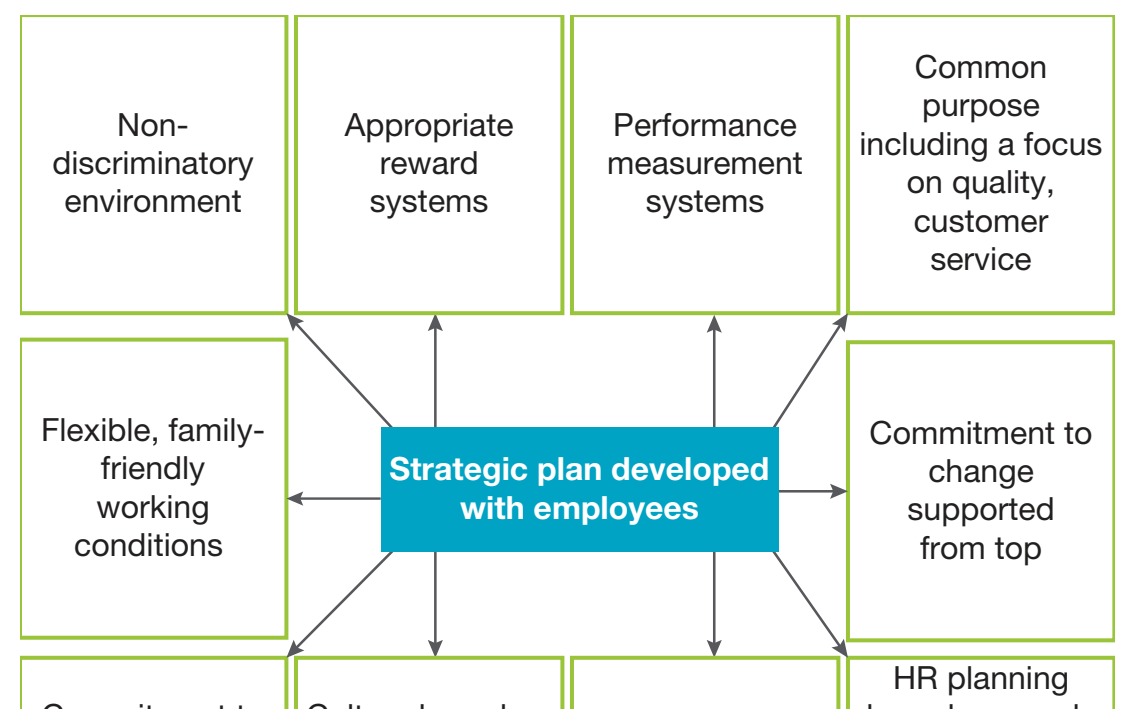
Employee Retention
Employee Retention: Comprehensive training reduces employee turnover.
- Data Support: A company reported a 40% reduction in turnover following the implementation of extensive training.

Job Satisfaction
Job Satisfaction: Training enhances employee engagement and satisfaction.
- Employees feel valued and more engaged in their roles.
"I feel more satisfied and involved after training!"
Enhanced Performance
Enhanced Performance: Development investments yield improved outcomes.
- Training enhances organisational efficiency.
- Employees contribute more productively.
- Results in increased company profitability.
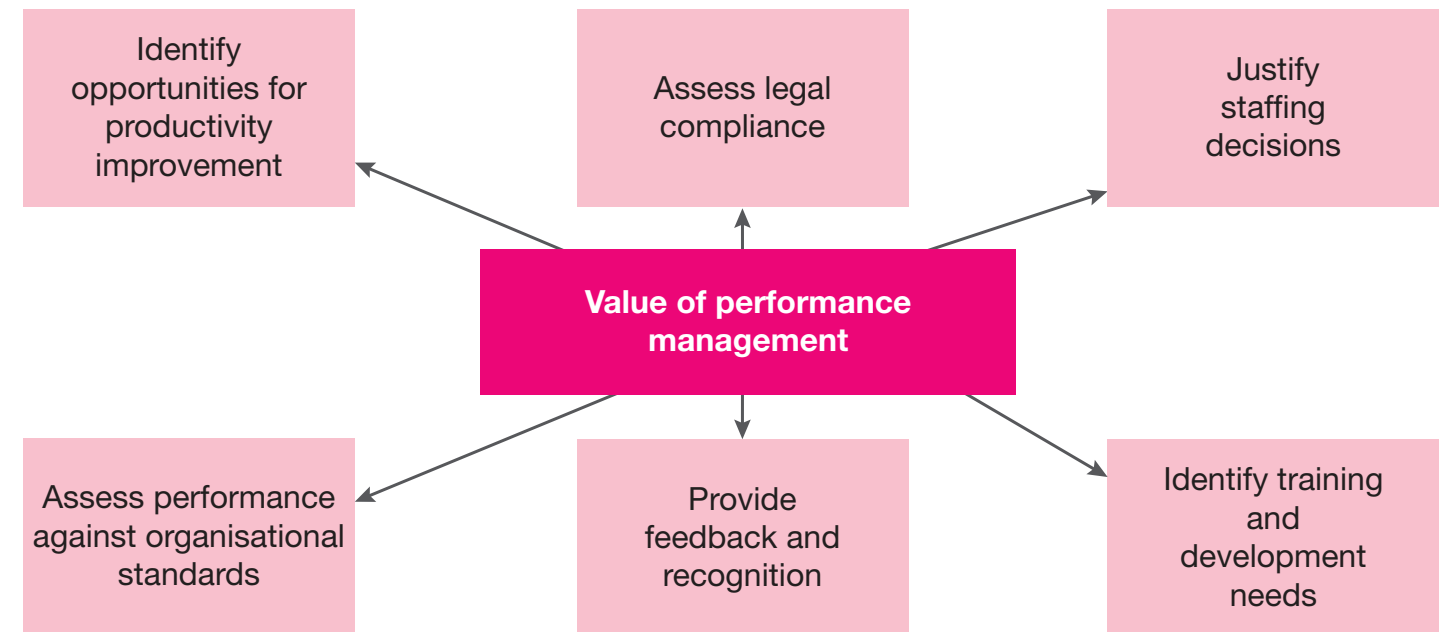
Developing Training Programmes
Training Needs Assessment (TNA)
Definition: Assessing skill gaps to improve employee performance and fulfil organisational needs.
Designing a Training Plan
- Define Objectives: Ensure alignment with organisational goals.
- Specify Outcomes: Indicators of success, e.g., improved service ratings.
- Schedule: Plan sessions to avoid business disruptions.
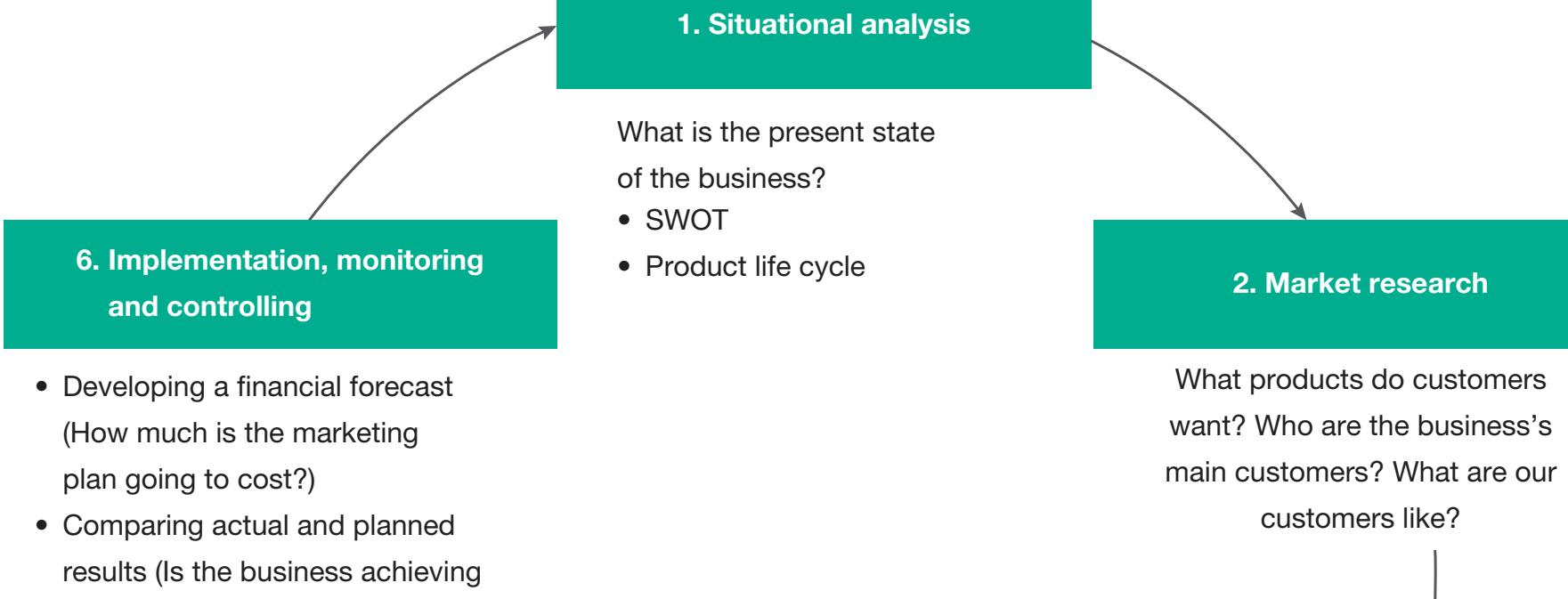
Budgeting for Training
- Evaluate Costs: Assess all costs including materials and facilitator fees.
- Allocate Resources: Prioritise high-impact areas.

Conducting Training: Methods and Implementation
1. On-the-Job Training (OJT)
Definition: Skill development situated within the work environment.
- Benefits: Provides tailored learning experiences and real-time problem-solving skills.
Example: Retail employees learning sales tasks under the guidance of mentors.
2. Off-the-Job Training
Definition: Training conducted outside the work environment for focused learning.
- Advantages: Offers distraction-free learning and exposure to diverse perspectives.
Example: Google's leadership seminar aimed at developing management skills.
3. Continuous Professional Development (CPD)
Definition: Pursuing ongoing education to ensure skills remain current.
4. E-Learning
- Features: Allows access at any time, interactive elements, and flexible learning paces.
5. Mentoring and Coaching
Mentoring: Facilitates long-term growth through relationships.
Coaching: Focuses on short-term performance enhancements with specific goals.
Evaluating Programme Effectiveness
Introduction
Evaluating training ensures alignment with objectives and optimises ROI.
Evaluation Models
Utilise Donald Kirkpatrick's Four Levels for assessing training effectiveness:
- Reaction: Evaluates satisfaction levels.
- Learning: Assesses knowledge acquisition.
- Behaviour: Observes skill application.
- Results: Measures organisational impact.
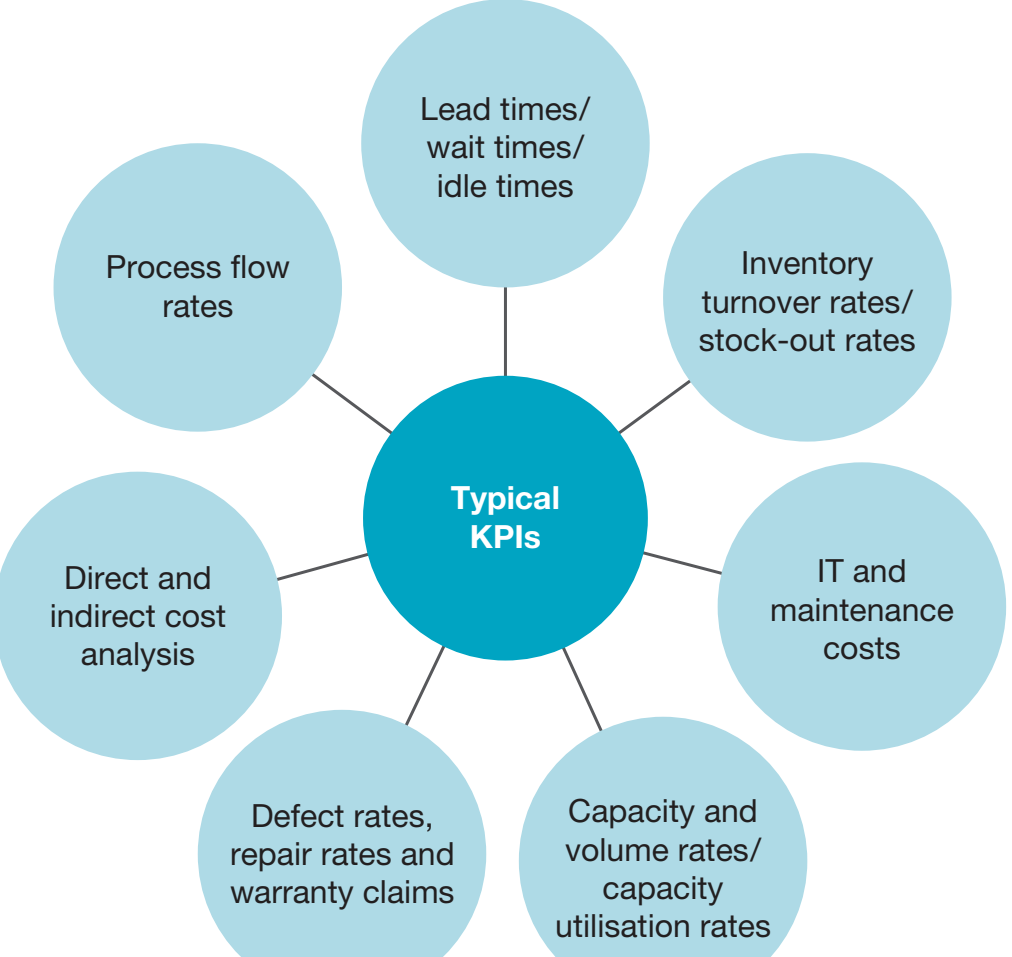
Implementing Technology in Learning
Digital Learning Platforms:
- Flexibility: Enables access to materials from any location, at any time.
- Scalability: Accommodates diverse offerings and an increasing number of users.
Benefits: Provides cost-effectiveness and improves time efficiency.
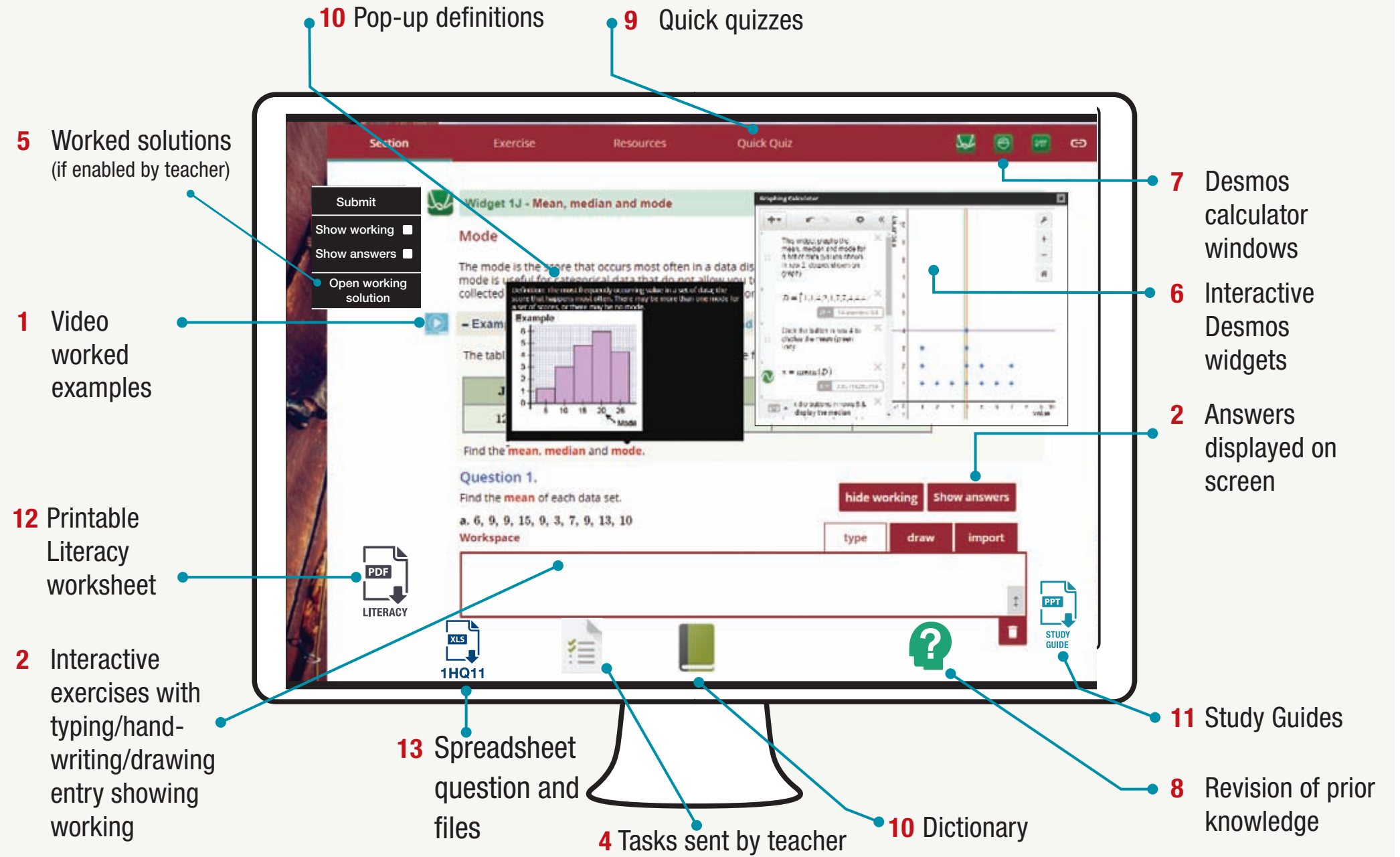
Ensure universal access to maximise learning opportunities through technology.
By implementing these methods and strategies, organisations can significantly enhance human resources management, positively impacting both employee satisfaction and organisational success.
500K+ Students Use These Powerful Tools to Master Training and Development Strategies For their SSCE Exams.
Enhance your understanding with flashcards, quizzes, and exams—designed to help you grasp key concepts, reinforce learning, and master any topic with confidence!
370 flashcards
Flashcards on Training and Development Strategies
Revise key concepts with interactive flashcards.
Try Business Studies Flashcards39 quizzes
Quizzes on Training and Development Strategies
Test your knowledge with fun and engaging quizzes.
Try Business Studies Quizzes77 questions
Exam questions on Training and Development Strategies
Boost your confidence with real exam questions.
Try Business Studies Questions27 exams created
Exam Builder on Training and Development Strategies
Create custom exams across topics for better practice!
Try Business Studies exam builder24 papers
Past Papers on Training and Development Strategies
Practice past papers to reinforce exam experience.
Try Business Studies Past PapersOther Revision Notes related to Training and Development Strategies you should explore
Discover More Revision Notes Related to Training and Development Strategies to Deepen Your Understanding and Improve Your Mastery
96%
114 rated
Strategies in human resource management
Recruitment and Selection
398+ studying
183KViews96%
114 rated
Strategies in human resource management
Performance Management Strategies
382+ studying
189KViews96%
114 rated
Strategies in human resource management
Job Design Strategies
261+ studying
181KViews